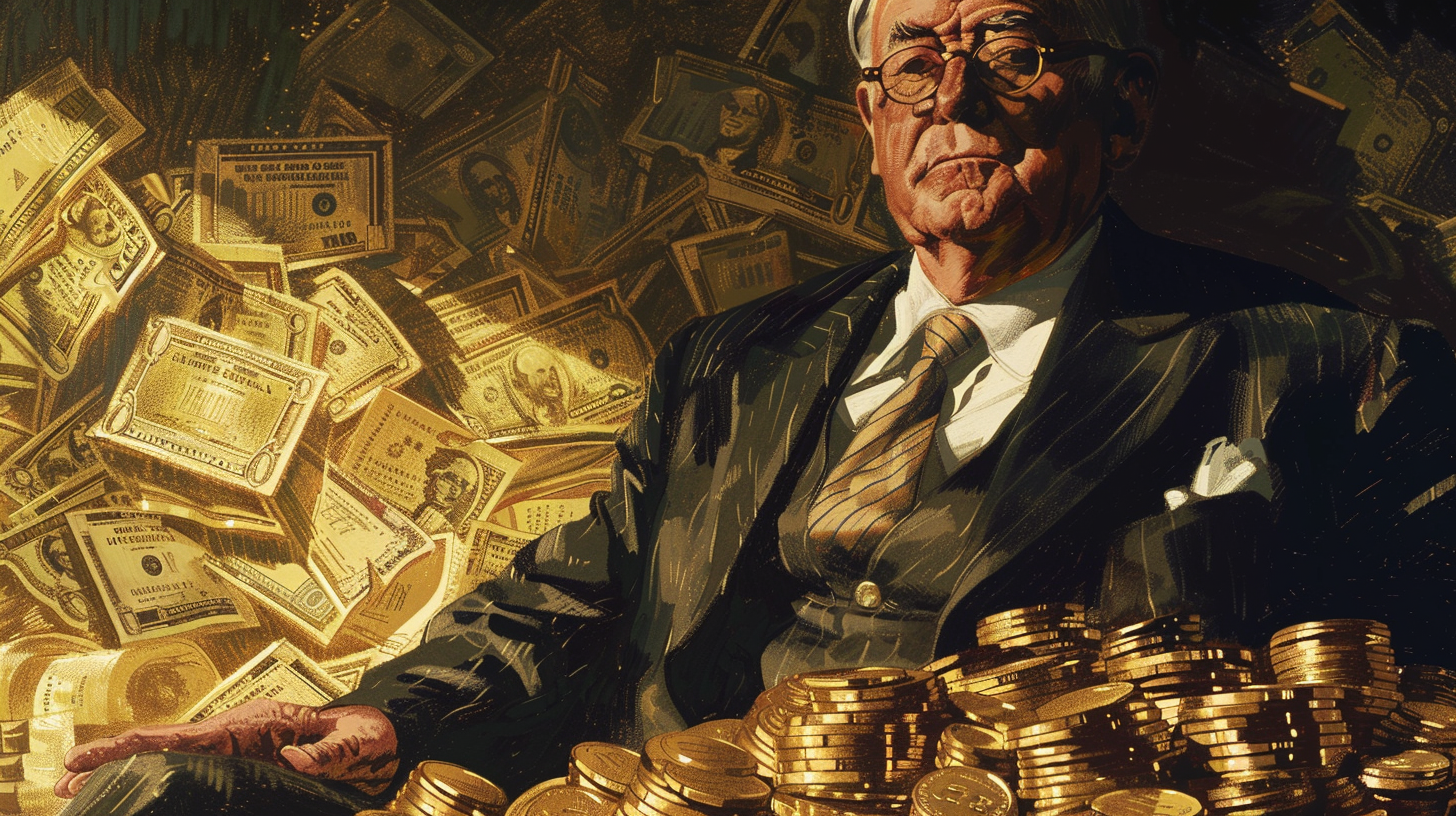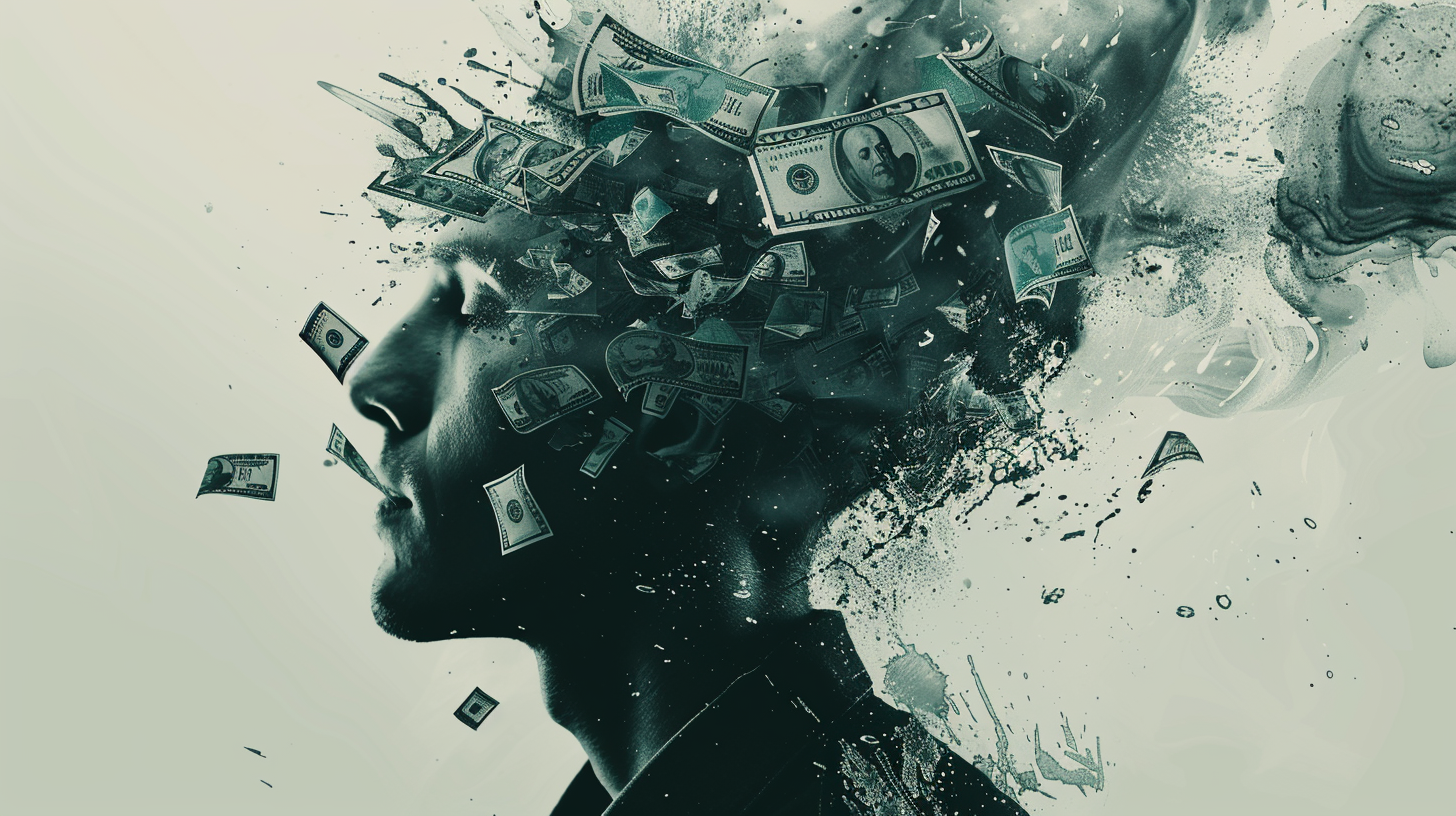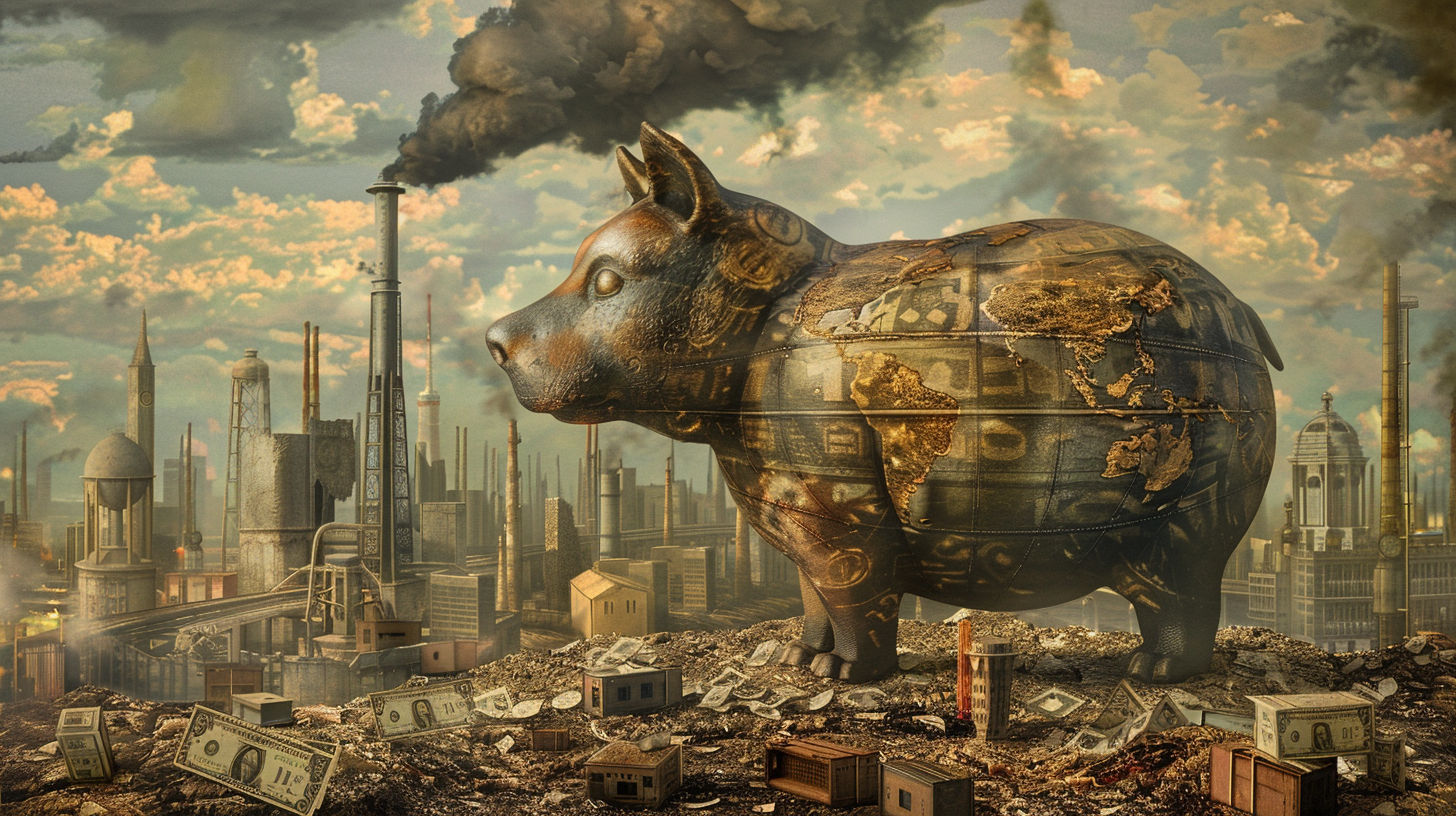Poor Economy = Low Gold Price?
By Jeff Clark from Casey Research
Despite some positive data, the global economy is showing signs of slowing, a remarkable development in itself when you consider all the money printing and deficit spending that’s transpired over the past few years. According to the IMF’s overview, global growth was less than expected in the first quarter of 2013, at just over 3%, which is roughly the same as 2012. The lower-than-expected figures were driven by significantly weaker domestic demand and slower growth in emerging-market economies, a deeper recession in the euro area, and a slower US expansion than anticipated. The report concludes that the prospects for the world economy remain subdued.
Many investors consider a weak economy to be a bearish environment for commodities, including gold. Doug Casey says we have entered into what will become known as the Greater Depression. That’s as bearish as it gets, so should we expect gold to decline if the bears are right?
One of the most rocky economic periods in modern times was the late 1970s. For those who don’t remember, the period was characterized by:
• Unexpected jumps in oil prices, leading to soaring gasoline prices and rationing
• A falling dollar
• High and accelerating inflation
• Record interest rates
• Bank failures
• Wars, including the Iranian Revolution (1978), the Iran-Iraq war (1979), the Russian invasion of Afghanistan (1979), and the Iranian hostage crisis (November 4, 1979 to January 20, 1981)
• Outside of the Great Depression, it’s hard to identify more trying economic circumstances
Here’s a closer look at the three-year period from 1977 through 1979. In the following chart, we looked at the economic indicators that affected citizens and investors the most, showing which were getting better and which, worse. These factors would all have affected market sentiment and the appetite to invest in gold at the time.
Chart: Aspects of Economy that Worsened in Late 1970s
(Click to enlarge)
You can see that by the time 1979 hit, inflation was rising, gas prices were soaring, incomes were dropping, and mortgage rates were climbing. The S&P was rising, but not so much in real terms. GDP growth was high, but it was clearly not a rosy time for consumers or workers. Key points:
• Nominal GDP in 1979 increased 10% year over year, but it was 4.5 percentage points less than in 1978, when the economy expanded a whopping 14.5%. Real GDP changes didn’t reach those highs but kept to the trend: in 1978, the growth was 5.6%, while during 1979, the economy expanded only 3.1%, notably slowing down.
• Inflation was dramatically accelerating. The ’70s were a hard time for the dollar, much of it connected to the energy crisis. Annual inflation grew from 5.7% in 1976 to 7.6% in 1978, and accelerated to 11.2% in 1979. Prices were up significantly, especially those that had energy costs associated with them, squeezing the average American budget tighter and tighter.
• Gasoline prices rose almost 37% in 1979. This obviously impacted spendable income. It would be the equivalent of national gasoline prices hitting $4.54/gallon by December after starting the year at $3.32.
• Real disposable personal income slowed in 1979, growing only 1.2%, compared to a 3.5% growth rate just a year earlier.
• Mortgage rates were already high – and then shot higher. The interest rate to mortgage a home went from 8.8% in 1978 to 11.2% in 1979. Home values were rising dramatically due to inflation, though rate increases cooled the pace, as values slowed to a 14.7% rate in 1979 vs. 15.3% in 1978.
• Real manufacturing and trade sales (listed as Real Trade Sales in the chart) weakened from 7% in 1977 to 2.4% in 1979. This is a broad indicator that includes manufacturing, merchant wholesalers, and retail sales. The likely culprit for the drop was falling personal incomes as prices were rising.
• The S&P 500 went from negative territory in 1977 to logging a 12.3% gain in 1979. As inflation rose, so did nominal stock prices, but the real gain was a mere 1.1%.
• Unemployment was decreasing during this period, from 7.1% in 1977 to 5.8% in 1979. This may seem at odds with a slowing economy, but labor looked cheap since prices were growing faster than wages. Also, unemployment is a lagging indicator – and it sharply worsened when another recession hit in 1980.
So how did gold perform during this challenging economic environment?
Chart: Gold Performance During 1979 Slowdown
(Click to enlarge)
The gold price rose 23% in 1977 and 37% in 1978, both of which are considered economic expansion years. But as things worsened in 1979, the price accelerated and went into a mania, ending the year with an incredible 127% return.
While there are many variables at play and no two economic time periods will be the same, this history lesson signals that a sluggish economy is not necessarily an obstacle for gold doing well. Indeed, some of these factors directly contributed to the rush to gold, which is not just a commodity, but the single best tool for storing and transferring wealth (money) ever devised.
In short, there is no contradiction between Doug Casey’s gloomy global economic outlook and his bullishness on gold. In our view, the former is the reason for the latter, and a very good reason to buy. If the history of the current bull cycle for precious metals even slightly rhymes with what happened in the 1970s, the market mania that lies ahead should bring us the biggest and fastest gains on our investments to date.





 As fiscal imbalances persist, driven by coercive measures and artificial currency creation, the middle class faces erosion and purchasing power dwindles. But as the world hurtles towards a potential reckoning, the lingering question remains: can this precarious balance last, or are we teetering on the brink of a cataclysmic economic shift?
As fiscal imbalances persist, driven by coercive measures and artificial currency creation, the middle class faces erosion and purchasing power dwindles. But as the world hurtles towards a potential reckoning, the lingering question remains: can this precarious balance last, or are we teetering on the brink of a cataclysmic economic shift? Beneath the veneer of headline job gains, the American economy teeters on the brink: native employment dwindles as part-time and immigrant jobs surge. Government hiring camouflages looming recession warnings. Inflation and political blunders worsen the crisis, fueling public outrage at the establishment’s mishandling of the economy.
Beneath the veneer of headline job gains, the American economy teeters on the brink: native employment dwindles as part-time and immigrant jobs surge. Government hiring camouflages looming recession warnings. Inflation and political blunders worsen the crisis, fueling public outrage at the establishment’s mishandling of the economy. On April 5 1933, Franklin D. Roosevelt abandoned the gold standard, wielding questionable legal power amidst America’s dire economic depression. His whimsical approach to monetary policy, including coin flips and lucky numbers, unleashed unprecedented inflation and price increases that have since amounted to nearly 2500%. Our guest commentator explores this tragic history and the legacy […]
On April 5 1933, Franklin D. Roosevelt abandoned the gold standard, wielding questionable legal power amidst America’s dire economic depression. His whimsical approach to monetary policy, including coin flips and lucky numbers, unleashed unprecedented inflation and price increases that have since amounted to nearly 2500%. Our guest commentator explores this tragic history and the legacy […] Welcome to the world of modern economics where the term “inflation” no longer signifies the increase in the quantity of money, but has evolved into a plethora of buzzwords. From “shrinkflation” to “greedflation,” these new terms and semantic shifts are by no means harmless but a manipulation of popular sentiment. Von Mises said they play […]
Welcome to the world of modern economics where the term “inflation” no longer signifies the increase in the quantity of money, but has evolved into a plethora of buzzwords. From “shrinkflation” to “greedflation,” these new terms and semantic shifts are by no means harmless but a manipulation of popular sentiment. Von Mises said they play […] Assuming CPI measurements are not understatements, the dollar’s value has plummeted by a staggering one-fifth since 2020, yet, rather than acknowledging its role in fueling this economic turmoil, the Biden administration deflects, casting capitalism and corporate greed as the villains. The latest February CPI data show more signs of the upcoming inflation bloodbath.
Assuming CPI measurements are not understatements, the dollar’s value has plummeted by a staggering one-fifth since 2020, yet, rather than acknowledging its role in fueling this economic turmoil, the Biden administration deflects, casting capitalism and corporate greed as the villains. The latest February CPI data show more signs of the upcoming inflation bloodbath.
Leave a Reply